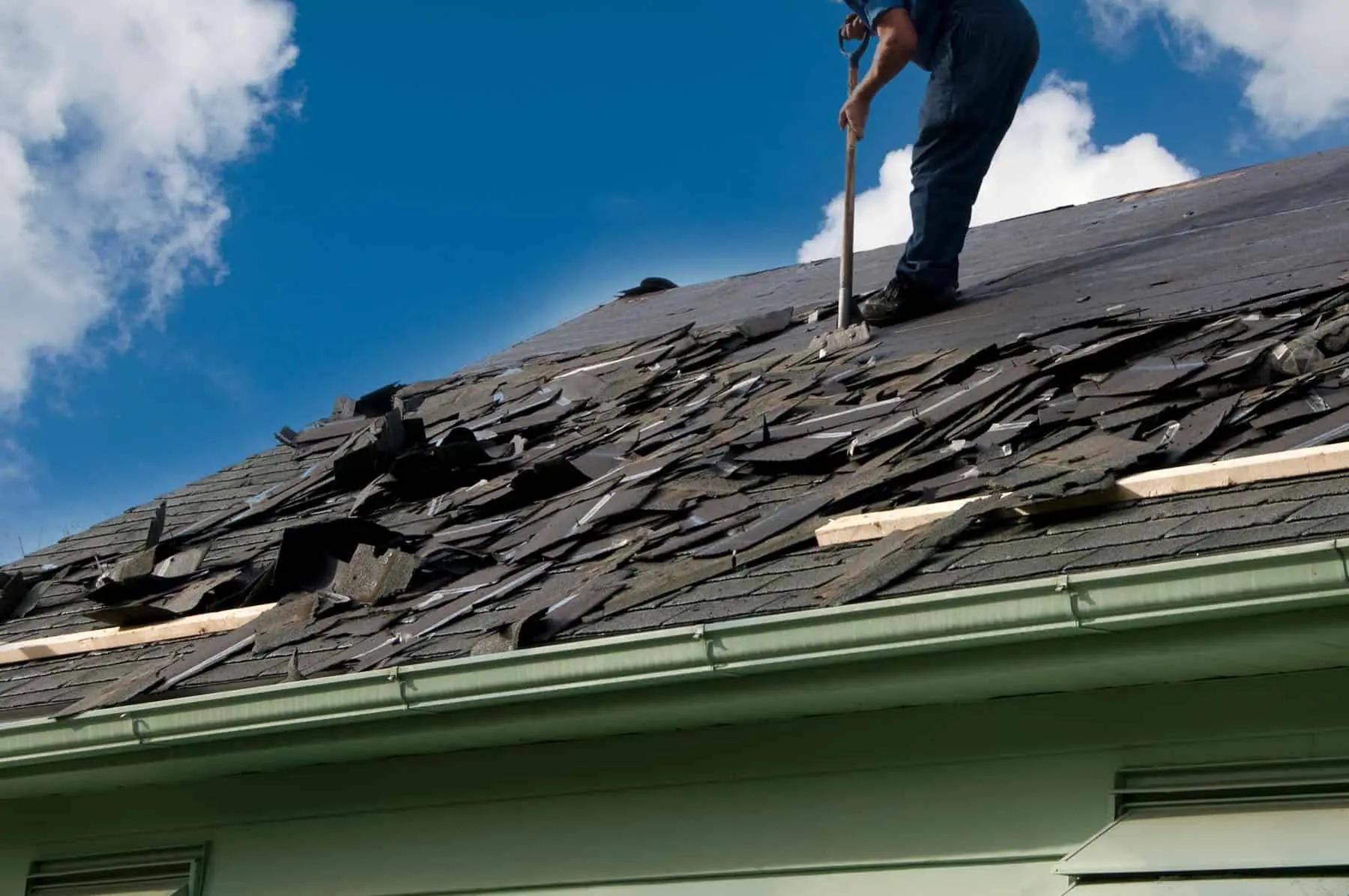

Articles
How Long Does Roof Last
Modified: January 8, 2024
Discover the answer to the question "how long does a roof last?" in our informative articles. Learn about the factors that affect a roof's lifespan and how to extend its durability.
(Many of the links in this article redirect to a specific reviewed product. Your purchase of these products through affiliate links helps to generate commission for Storables.com, at no extra cost. Learn more)
Introduction
A roof is an essential component of any structure, providing protection against the elements and ensuring the safety and comfort of those inside. However, just like any other part of a building, a roof has a limited lifespan. Understanding the factors that affect the lifespan of a roof and knowing the signs of deterioration is crucial for homeowners and property owners.
Whether you have a residential property or a commercial building, knowing how long your roof will last can help you plan and budget for necessary repairs or replacements. In this article, we will explore the factors that influence the lifespan of a roof, discuss common roofing materials and their typical lifespans, and provide tips on how to extend your roof’s lifespan. Additionally, we will discuss when it’s time to consider replacing your roof.
So, if you’re curious about how long roofs last and how to maximize their lifespan, keep reading!
Key Takeaways:
- Regular maintenance, proper ventilation, and quality materials are crucial for extending a roof’s lifespan. Being proactive in addressing signs of deterioration can prevent costly repairs and ensure long-term protection for your property.
- When considering a roof replacement, factors such as age, damage extent, energy efficiency, and personal preference should be taken into account. Investing in a new roof when necessary is essential for maintaining safety, value, and curb appeal.
Read more: How Long Does A Thatch Roof Last
Factors That Affect Roof Lifespan
Several factors can significantly impact the lifespan of a roof. Understanding these factors can help you make informed decisions about your roofing material and maintenance practices. Here are some key factors to consider:
- Climate and Weather Conditions: The weather in your area plays a crucial role in the longevity of your roof. Extreme temperatures, high winds, heavy rainfall, and exposure to the sun can all contribute to the deterioration of roofing materials over time. For example, constant exposure to UV rays can cause shingles to lose their protective granules.
- Installation Quality: The quality of the initial installation is vital for a roof’s lifespan. Poor workmanship and improper installation techniques can lead to premature roof failure. Hiring an experienced and reputable roofing contractor will ensure that your roof is installed correctly, minimizing the risk of issues down the line.
- Roof Pitch: The slope or pitch of your roof affects how it sheds water and debris. Steeper roofs tend to have a longer lifespan as they are more effective at draining water and preventing moisture buildup, reducing the risk of damage.
- Maintenance and Upkeep: Regular maintenance and inspections are essential for prolonging the lifespan of your roof. Routine cleaning, gutter clearing, and prompt repairs of any leaks or damage can prevent small issues from escalating into major problems that may require a full roof replacement.
- Ventilation: Proper attic ventilation is crucial for preventing excess heat and moisture buildup. Poor ventilation can cause the roof to deteriorate faster, leading to issues such as rot and mold growth. Adequate airflow helps extend the lifespan of roofing materials and reduces the likelihood of costly repairs.
- Material Quality: The quality of the roofing material itself plays a significant role in how long your roof will last. Different types of roofing materials have varying lifespans. High-quality materials, such as metal or slate, tend to have longer lifespans compared to lower-grade materials.
- Tree Cover and Debris: If your property is heavily surrounded by trees, branches, leaves, and debris can accumulate on your roof. This buildup can trap moisture, promote mold and mildew growth, and cause damage to your roofing materials over time. Regular cleaning and tree maintenance can help mitigate these risks.
Keep in mind that while these factors can influence the lifespan of your roof, the actual duration may vary depending on the specific circumstances. It’s always best to consult with a professional roofing contractor to get accurate information based on your location, climate, and roof type.
Common Roofing Materials and Their Lifespan
When it comes to roofing materials, there are several options available, each with its own advantages and lifespan. Here are some of the most common roofing materials and their average lifespans:
- Asphalt Shingles: Asphalt shingles are the most popular roofing material due to their affordability and ease of installation. The lifespan of asphalt shingles can vary depending on the quality, with standard 3-tab shingles lasting around 15-20 years, while architectural shingles can last 25-30 years or more.
- Metal Roofs: Metal roofs are known for their durability and longevity. Depending on the type of metal used, metal roofs can last anywhere from 40 to 70 years or more. They are resistant to fire, wind, and impact, making them an excellent choice for areas with severe weather conditions.
- Wood Shakes: Wood shakes give a natural, rustic look to a roof. While they require regular maintenance and are susceptible to fire, they can last 25-30 years if properly cared for. However, their lifespan can be significantly reduced in areas prone to moisture or high humidity.
- Slate: Slate roofing is known for its beauty and exceptional durability. With proper installation and maintenance, a slate roof can last 75-100 years or even longer. However, it is a more expensive option and requires a strong underlying structure to support the weight of the slate tiles.
- Concrete Tile: Concrete tile roofs are durable and long-lasting, with a lifespan of 30-50 years. They are resistant to fire, rot, and insect damage. However, they can be heavy, so it’s essential to ensure that your structure can support the weight of the tiles.
- Clay Tile: Clay tiles have been used for centuries and are known for their longevity and aesthetic appeal. With proper installation and maintenance, clay tile roofs can last 50-100 years. They are resistant to fire, insects, and rot.
It’s essential to note that these lifespans are estimates based on optimal conditions and proper maintenance. Factors such as climate, installation quality, and maintenance practices can affect the actual lifespan of your roof.
When choosing a roofing material, consider factors such as your budget, aesthetic preferences, and the climate in your area. Consulting with a roofing professional can help you make an informed decision based on your specific needs and goals.
Signs of Roof Deterioration
Roofs deteriorate over time due to exposure to the elements, age, and other factors. It’s essential to be vigilant and watch for signs of roof deterioration to address problems promptly. Here are some common signs to look out for:
- Leaks and Water Damage: Water stains on the ceiling or walls, mold or mildew growth, and dampness in the attic are all indications of a leaking roof. Ignoring these signs can lead to significant structural damage and costly repairs.
- Missing, Damaged, or Curling Shingles: Shingles that are missing, cracked, damaged, or curling are signs of a deteriorating roof. These issues can leave your roof vulnerable to leaks and further damage, warranting immediate attention.
- Granule Loss: Granule loss is common in asphalt shingles and can be an early sign of roof deterioration. Check your gutters or downspouts for an excessive amount of granules, as this can indicate a significant problem with your shingles.
- Sagging or Uneven Areas: If you notice areas of your roof sagging or appearing uneven, it may be a sign of structural damage or weakened support beneath the roof. This issue should be addressed immediately, as it poses a safety risk.
- Moss or Algae Growth: While moss or algae growth may seem harmless, it can cause significant damage to your roof over time. Moss holds moisture against the roof surface, leading to rot and deterioration. Algae can also eat away at the protective layer of roofing materials.
- Loose or Damaged Flashing: Flashing is the material used to seal areas of the roof where two surfaces meet, such as around chimneys, vents, or skylights. If you notice loose or damaged flashing, it can lead to water penetration and should be repaired promptly.
- Deteriorated Roofing Seals: Pay attention to the seals on your roof, including caulking and sealant around pipes, vents, and other roof penetrations. If these seals deteriorate or break down, it can lead to leaks and further damage.
Regular inspections of your roof can help you identify these signs of deterioration early on. If you notice any of these issues or have concerns about the condition of your roof, it’s advisable to consult with a professional roofer for a thorough evaluation and necessary repairs.
The lifespan of a roof can vary depending on the material used. Generally, asphalt shingle roofs last 15-30 years, metal roofs 40-70 years, and tile or slate roofs 50-100 years. Regular maintenance can help extend the lifespan of your roof.
Extending the Lifespan of Your Roof
While roofs have a limited lifespan, there are steps you can take to maximize their longevity and avoid premature deterioration. Here are some tips for extending the lifespan of your roof:
- Regular Inspections: Conduct regular inspections of your roof, preferably at least once a year. Look for signs of damage, such as missing or damaged shingles, leaks, or sagging areas. Identifying and addressing issues early on can prevent them from escalating into more significant problems.
- Maintain Gutters and Downspouts: Clean your gutters and downspouts regularly to ensure proper water drainage from the roof. Clogged gutters can lead to water backup, which can damage your roof and result in leaks. Remove debris such as leaves and sticks to maintain unobstructed water flow.
- Trim Nearby Trees: Trim tree branches that overhang your roof. Falling branches can damage your roof and create opportunities for water to seep through. Keeping trees trimmed reduces the risk of debris buildup and potential damage from storms.
- Ensure Proper Attic Ventilation: Proper attic ventilation is critical for reducing heat and moisture buildup. This helps prevent premature roof deterioration and the formation of mold and mildew. Consult with a professional to ensure your attic has adequate ventilation.
- Address Roof Leaks Promptly: If you notice any signs of a roof leak, such as water stains or dampness, address the issue immediately. Ignoring leaks can lead to significant damage to your roof structure and other parts of your home.
- Clean Moss and Algae: If you notice moss or algae growth on your roof, clean it promptly to prevent damage. Use a gentle solution of water and bleach or a commercial roof cleaner to safely remove moss and algae. Avoid using pressure washers, as they can damage roofing materials.
- Consider Roof Coatings: Roof coatings can provide an additional layer of protection for your roof, extending its lifespan. There are various types of coatings available, such as elastomeric or reflective coatings, which can help improve energy efficiency and protect against UV damage.
- Hire Professional Roofing Maintenance: Regular professional roof maintenance can help identify and address potential issues before they worsen. Professional roofers have the expertise and tools to perform thorough inspections, cleanings, and necessary repairs to keep your roof in optimal condition.
By implementing these practices, you can significantly extend the lifespan of your roof and potentially save on repair and replacement costs in the long run. Remember, preventive measures and proactive maintenance are key to keeping your roof in great shape.
Read more: How Long Does A Rubber Roof Last
When to Replace Your Roof
While proper maintenance and timely repairs can help prolong the lifespan of your roof, there will come a time when replacing it becomes necessary. Here are some factors to consider when determining if it’s time to replace your roof:
- Age of the Roof: The age of your roof is a crucial factor in determining if replacement is necessary. Most roofing materials have an expected lifespan, and if your roof is nearing or exceeding that timeframe, it’s likely time for a replacement. For example, asphalt shingles typically last around 20-30 years, while metal or slate roofs can last considerably longer.
- Extent of Damage: Assess the extent and severity of the damage to your roof. If the damage is widespread, such as multiple missing or damaged shingles, extensive leaks, or sagging areas, it may be more cost-effective and practical to replace the roof rather than attempting repairs that may not address the underlying issues.
- Roofing Material Condition: Evaluate the condition of your roofing material. If you notice significant cracking, curling, or deterioration of the shingles, or if other roofing materials are showing signs of wear and tear, it may be a sign that replacement is necessary to maintain the structural integrity and waterproofing of your roof.
- Energy Efficiency: Consider the energy efficiency of your roof. Older roofs, particularly those with outdated insulation or inadequate ventilation, can contribute to energy loss and increased heating or cooling costs. If energy efficiency is a priority, replacing your roof with more energy-efficient materials can provide long-term benefits.
- Roofing Code Compliance: If your roof does not comply with current building codes or regulations, it may be necessary to replace it. Not only does this ensure the safety and structural integrity of your home, but it also helps maintain compliance for insurance purposes and potential future property sales.
- Personal Preference and Aesthetics: Lastly, consider your personal preference and the desired aesthetics of your home. If you are looking to update the appearance of your property or if your current roof no longer complements the architectural style, a roof replacement can be an opportunity to enhance curb appeal and increase the value of your home.
Ultimately, the decision to replace your roof should be based on a combination of these factors, along with the advice of a professional roofing contractor. They can assess the condition of your roof, discuss your options, and provide recommendations tailored to your specific needs and circumstances.
Remember, waiting too long to replace an aging or severely damaged roof can lead to more extensive and costly repairs down the line. Make the investment in a new roof when necessary to ensure the safety, longevity, and value of your property.
Conclusion
Having a solid and well-maintained roof is essential for the protection and longevity of any structure. By understanding the factors that affect roof lifespan, recognizing signs of deterioration, and taking proactive measures, you can extend the life of your roof and avoid costly repairs or replacements.
Factors such as climate, installation quality, maintenance practices, and roofing material all play a crucial role in determining how long your roof will last. Regular inspections, proper ventilation, and prompt repairs are key to identifying and addressing issues early on before they worsen.
Choosing the right roofing material for your specific needs and budget is also important. Each material has its own lifespan, advantages, and considerations. Consulting with a roofing professional can help you make an informed decision and ensure a quality installation.
While maintenance and repairs can help maximize the lifespan of your roof, there will come a time when replacement becomes necessary. Age, extent of damage, deteriorating materials, energy efficiency, building code compliance, and personal preference all factor into determining when it’s time for a new roof.
Remember, investing in a new roof when needed is a smart decision to protect your property and ensure the safety and comfort of those inside. A well-maintained roof not only provides peace of mind but also enhances the overall value and appearance of your home.
By staying vigilant, being proactive with maintenance, and seeking professional guidance when necessary, you can enjoy a long-lasting and dependable roof that withstands the test of time.
Frequently Asked Questions about How Long Does Roof Last
Was this page helpful?
At Storables.com, we guarantee accurate and reliable information. Our content, validated by Expert Board Contributors, is crafted following stringent Editorial Policies. We're committed to providing you with well-researched, expert-backed insights for all your informational needs.
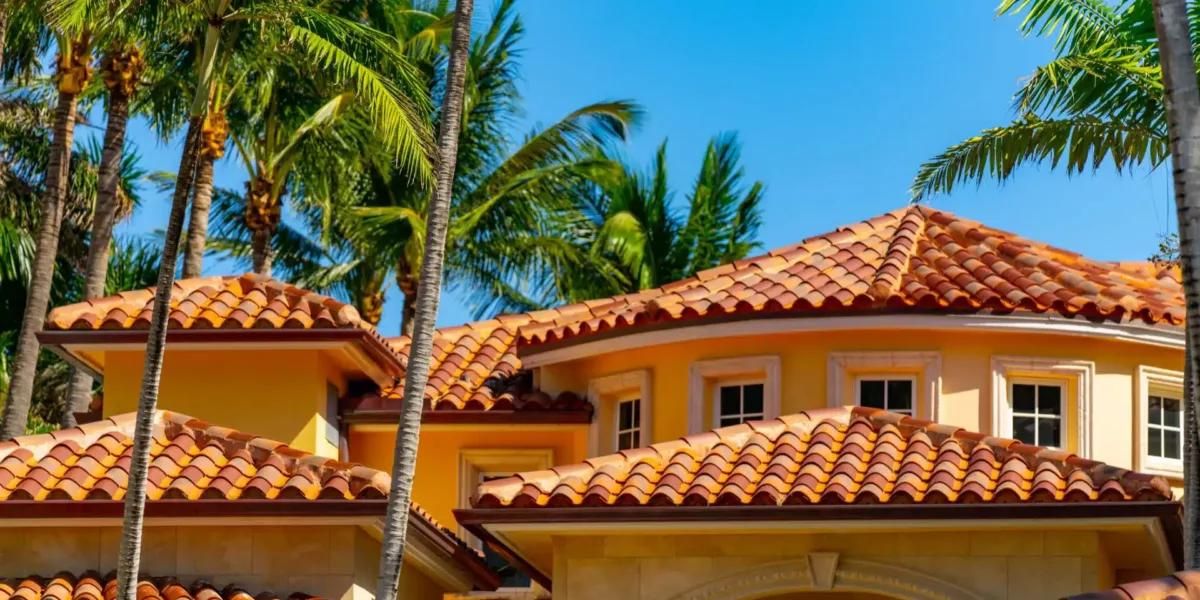
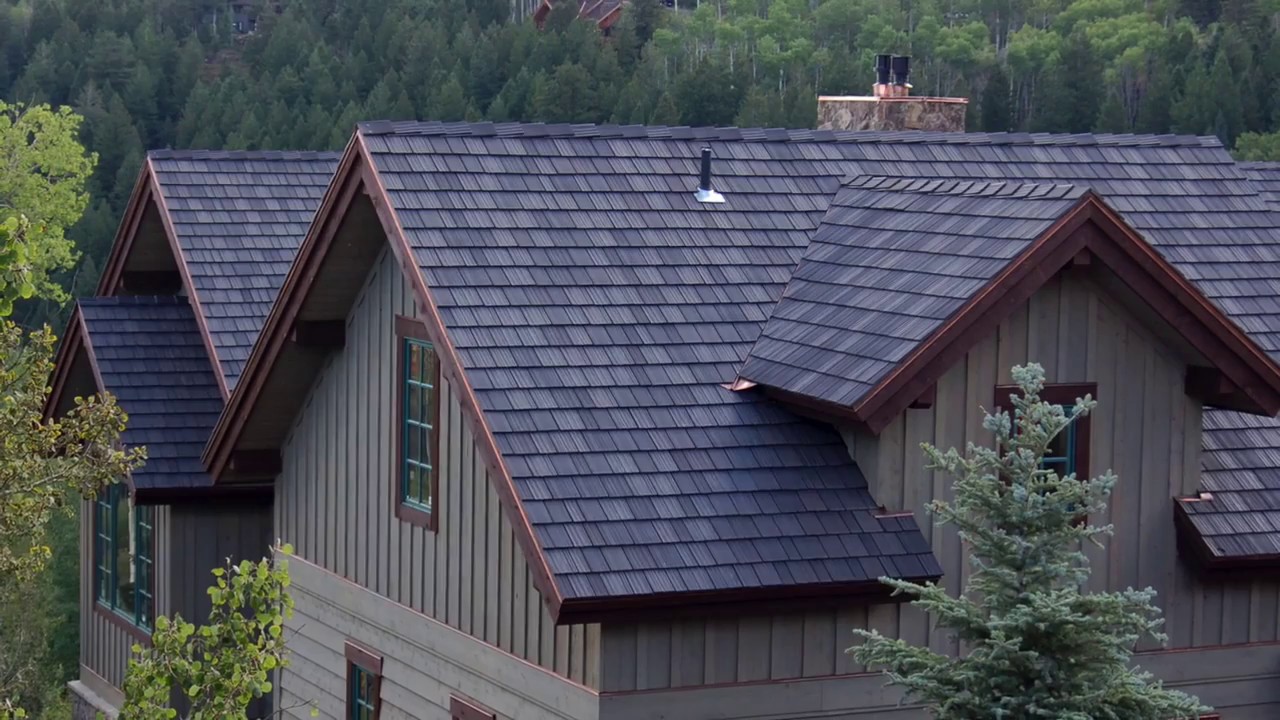
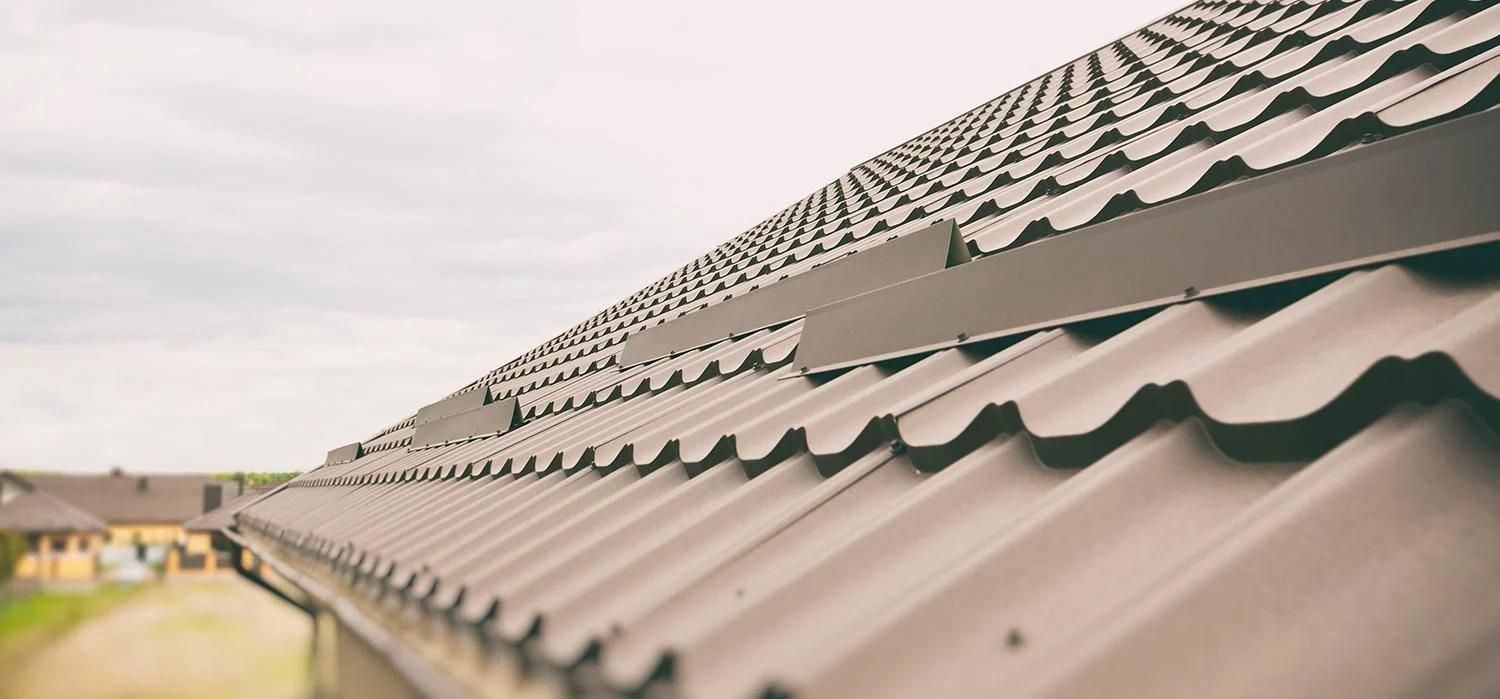
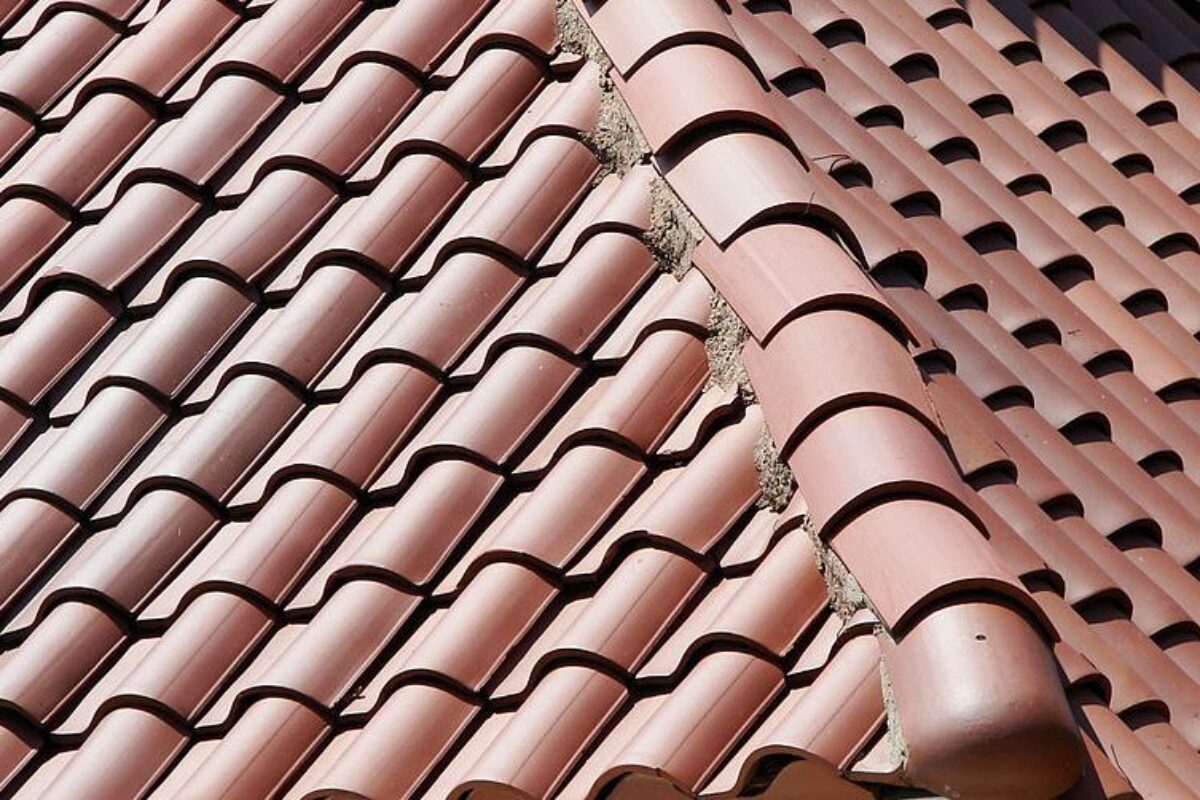
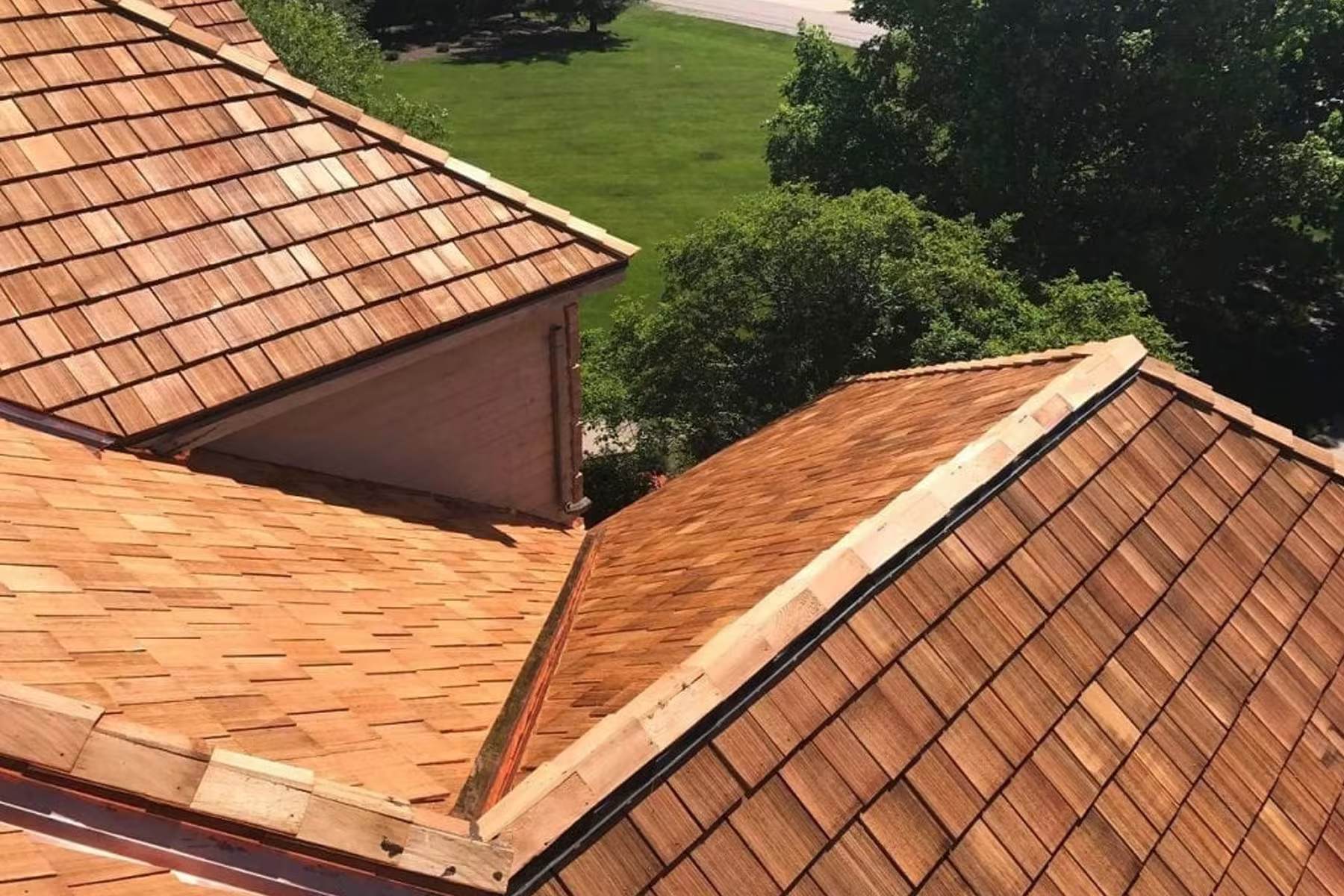
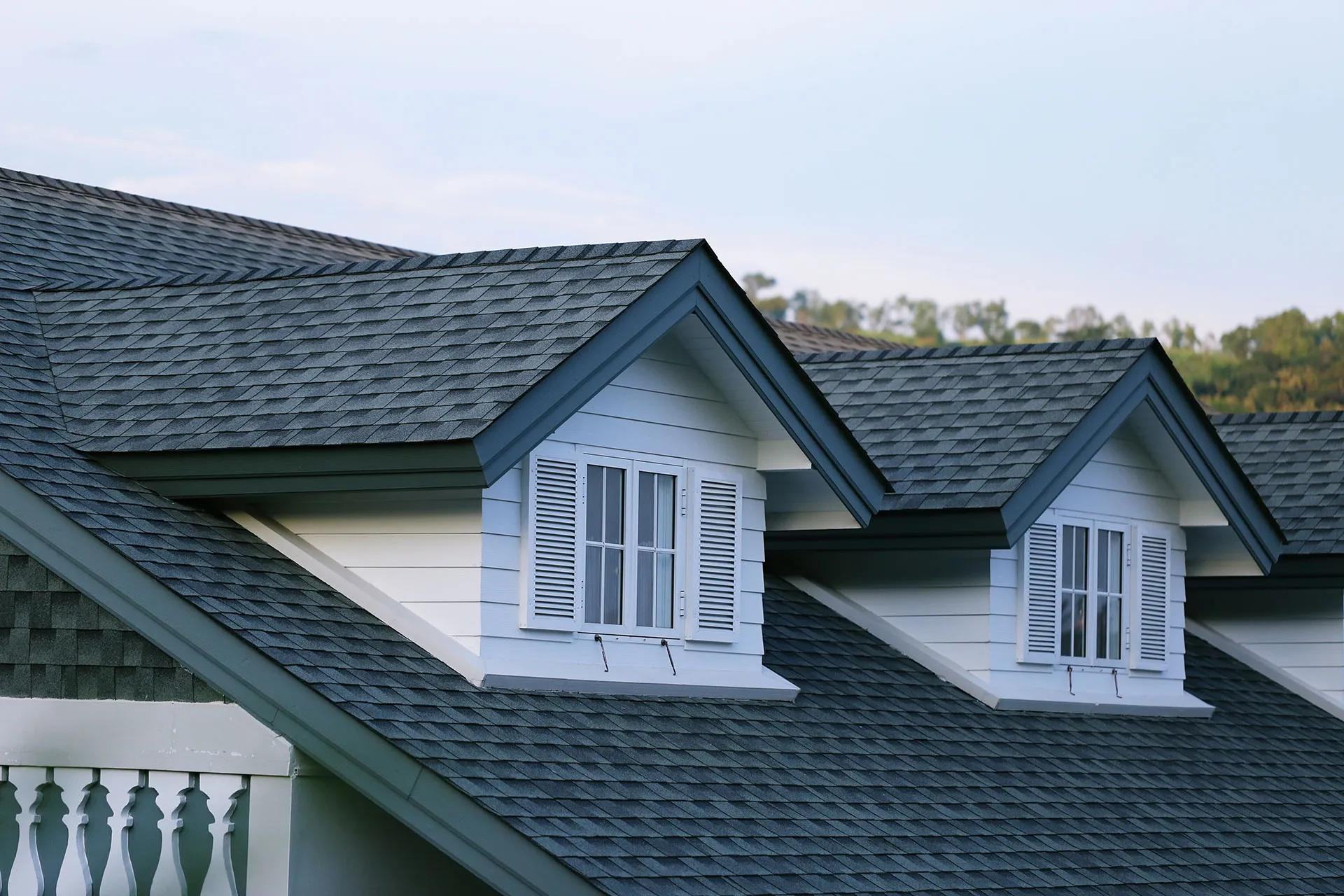


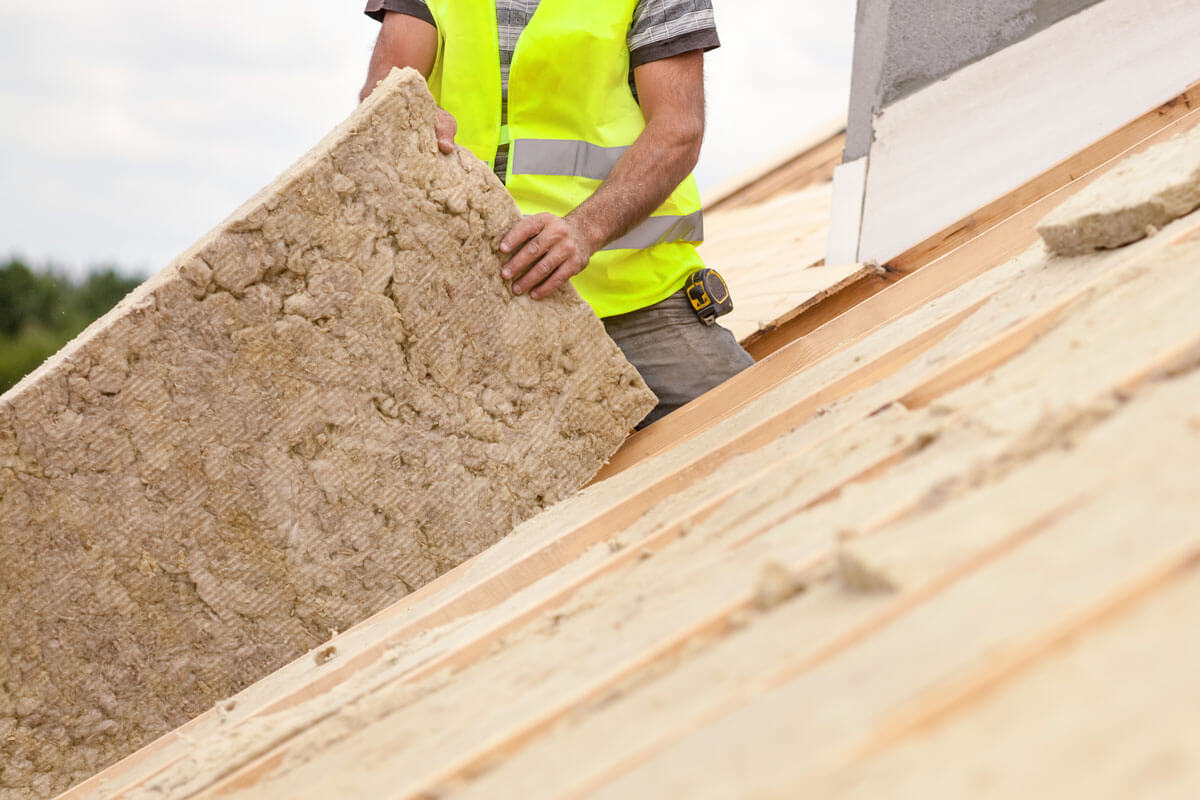
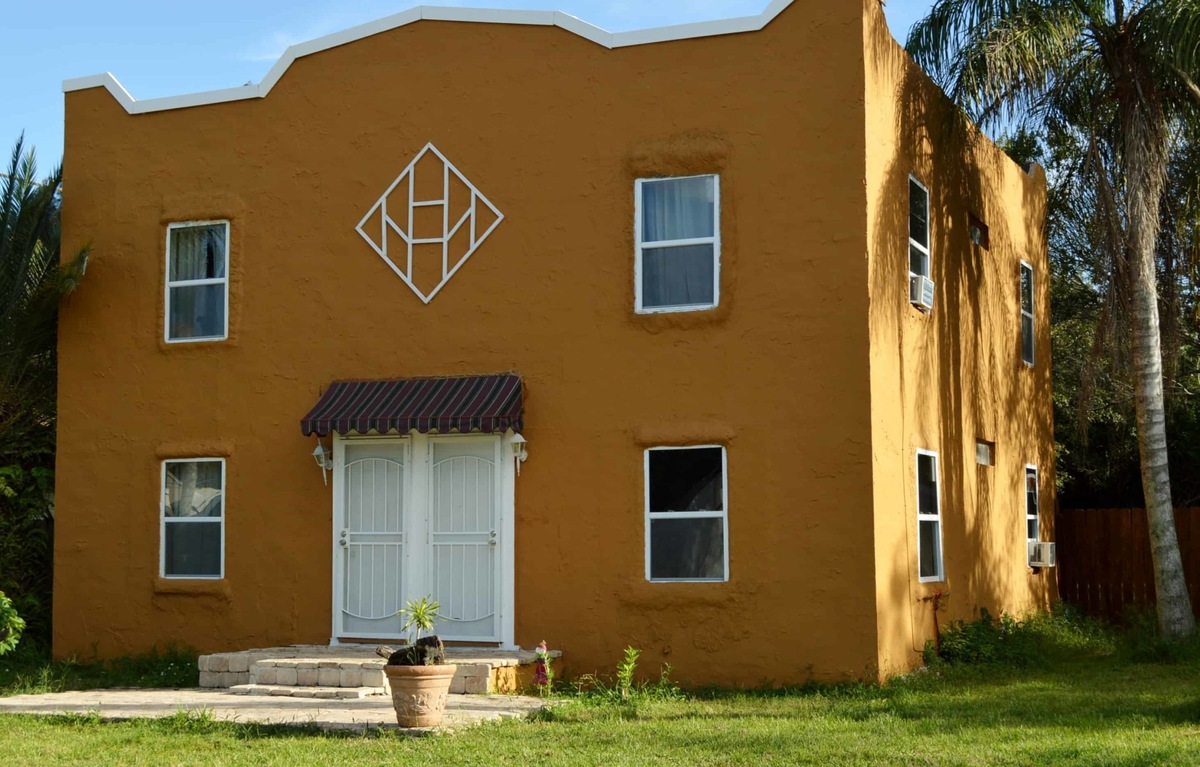
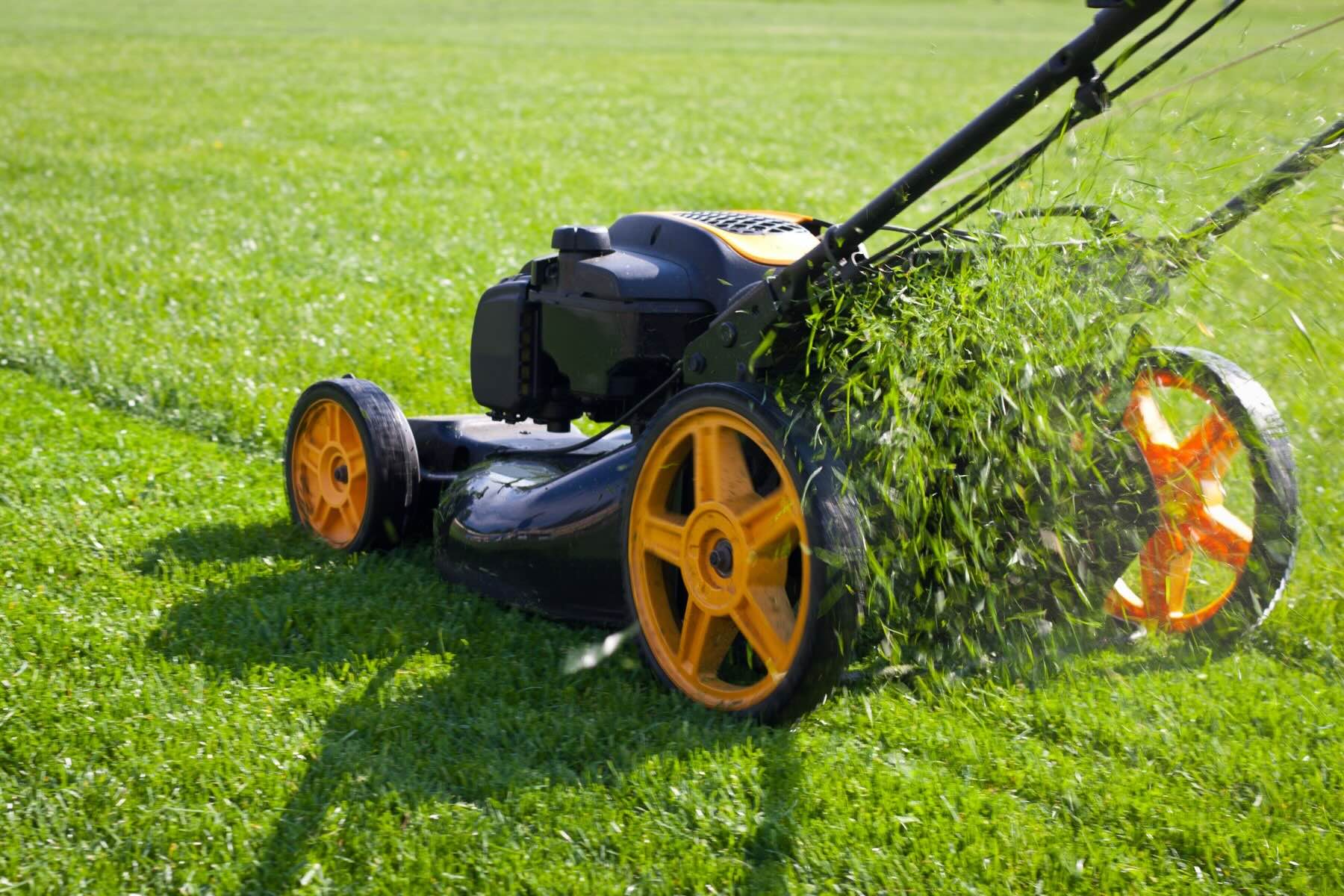
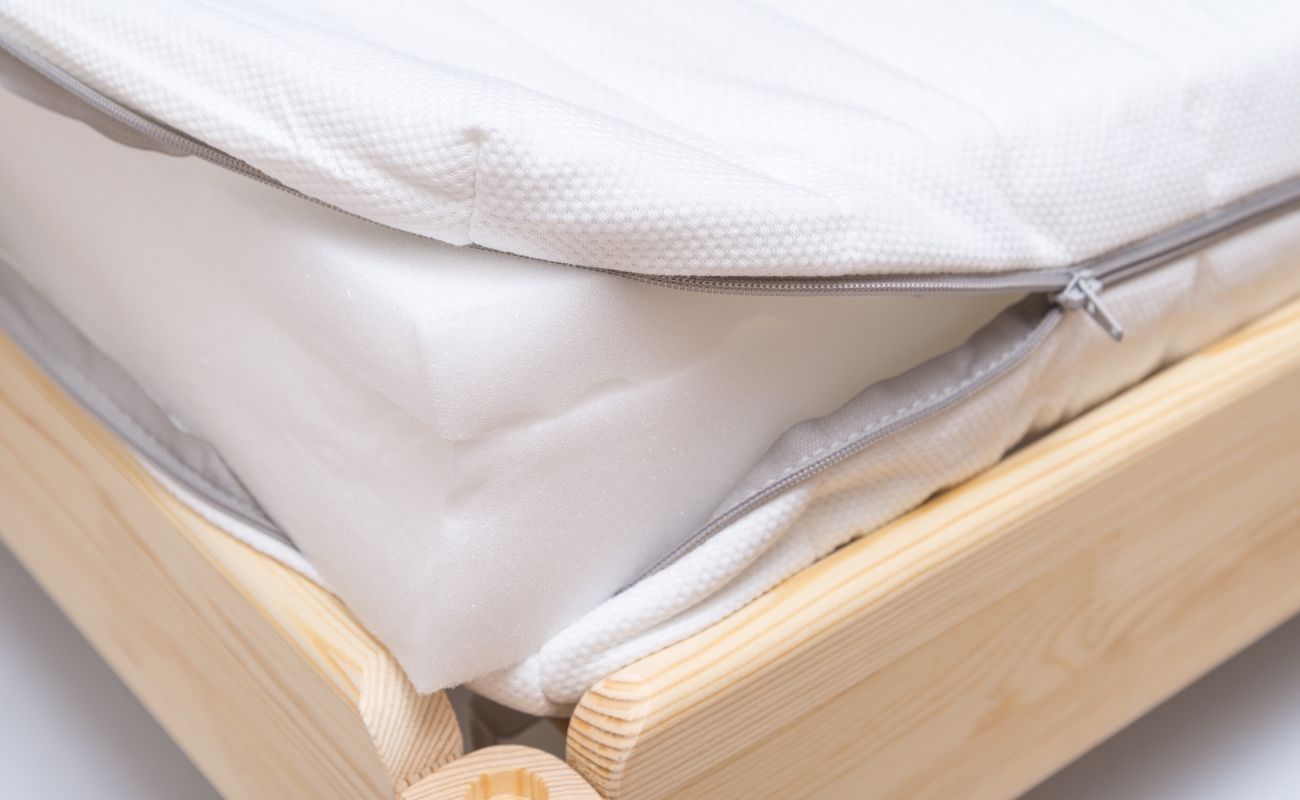
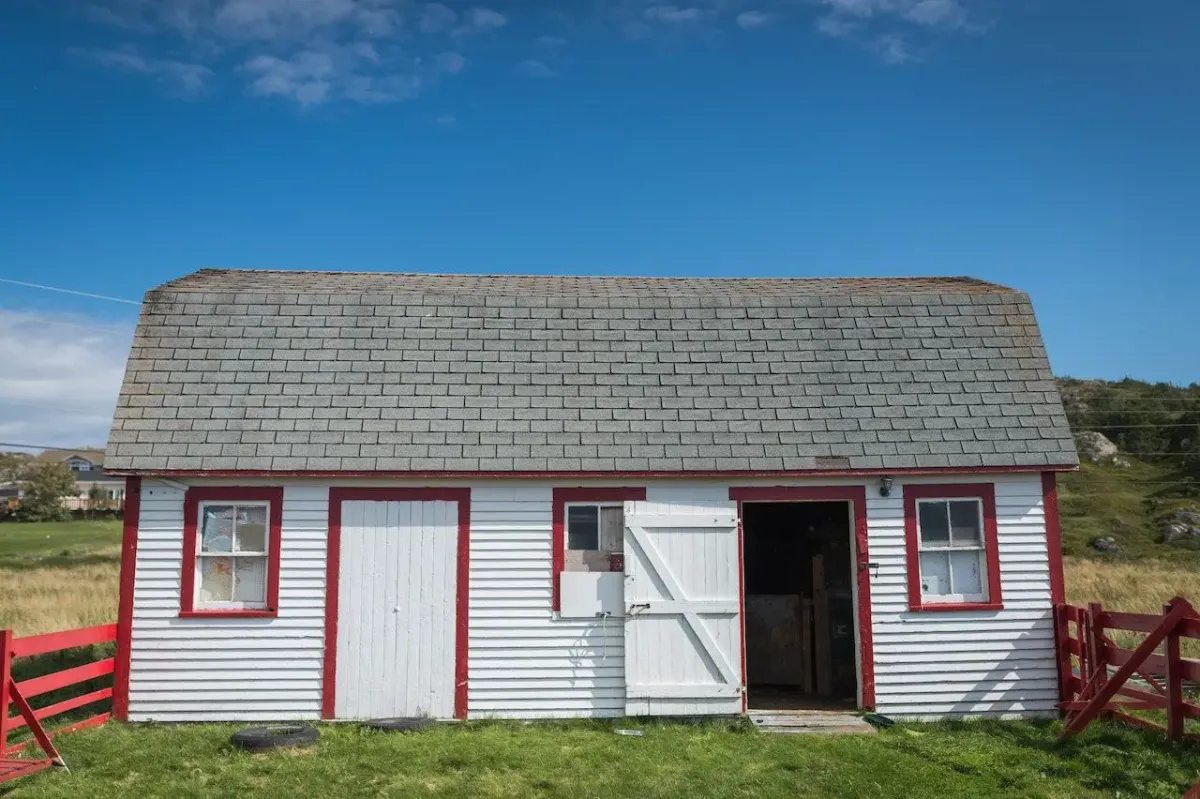
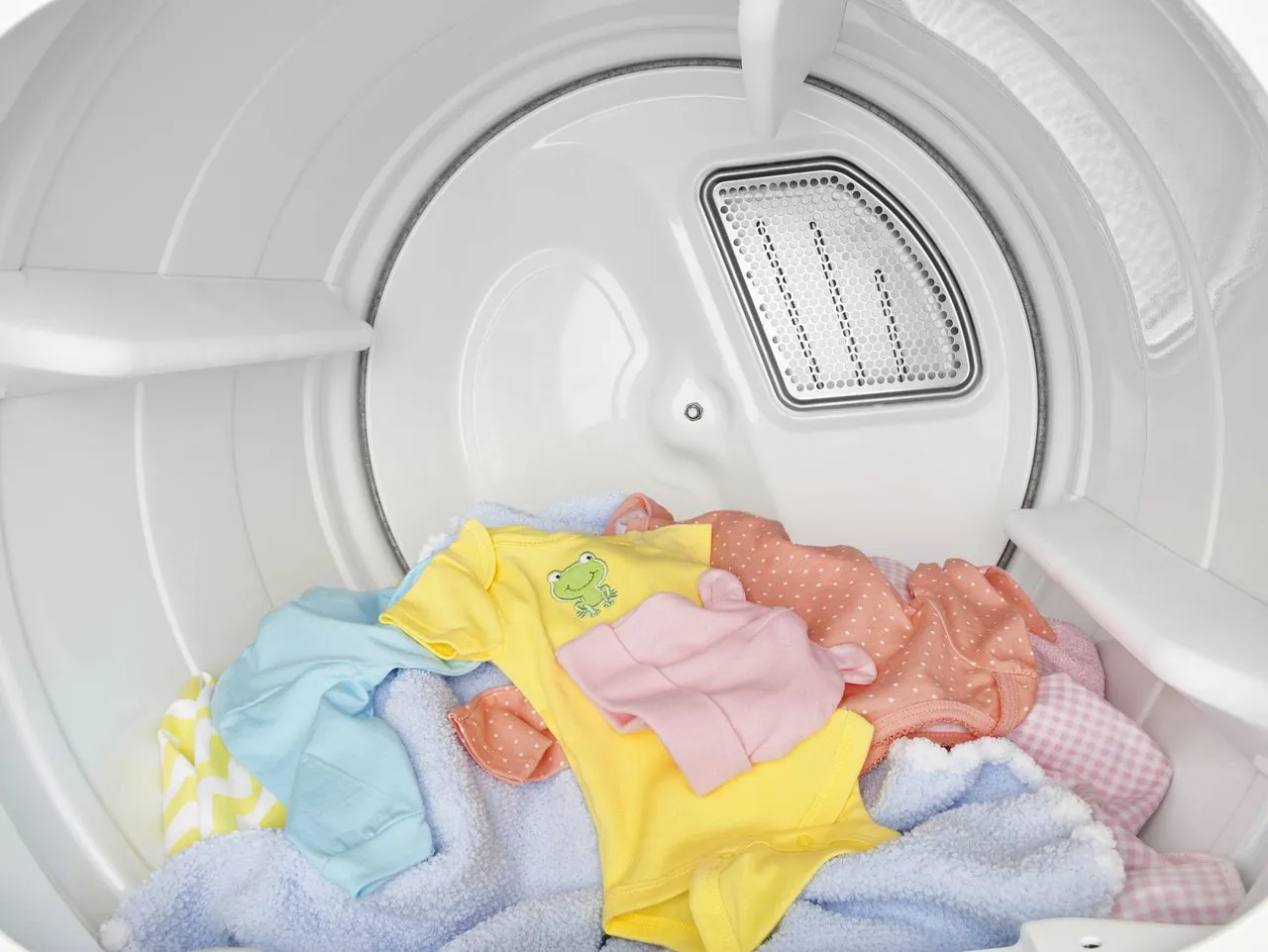

0 thoughts on “How Long Does Roof Last”